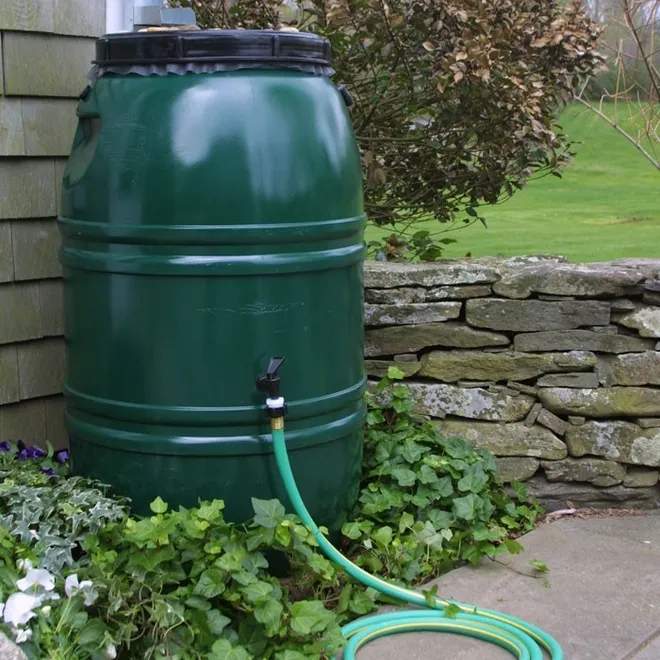Backyard Conservation

Backyard Conservation –
Refers to a number of different practices you can establish on your own property to help local wildlife, keep our waterways clean, and save you money!
https://nrcspad.sc.egov.usda.gov/DistributionCenter/pdf.aspx?productID=428
https://www.nwf.org/Garden-for-Wildlife/About/Resources
Composting:

Backyard composting is a great way to deal with your lawn and kitchen waste and can be accomplished in a variety of ways. Your compost can be started by the process of 50% green and 50% brown materials and placed into a tumbler, bin, in a trench, or on a pile. Below is a fact sheet and a webpage that will help you get started on your backyard composting!
https://www.epa.gov/recycle/composting-home
Lawn:
Conservation goes hand in hand with good lawn care practices and here are a few to keep in mind. The best time to fertilize is spring and fall and use a drop or rotary spreader, set your mower at its highest setting, use a mulching mower, and remember always sweep your lawn clippings and debris off of driveways and sidewalks and back into your lawn.
Leaves:
Instead of bagging your leaves, consider mulching them with your lawnmower and leave them creating a nutrient packed mulch for your lawn or start a compost pile. Just remember to keep them out of the storm drains.
Nest box Plans:
https://ohiodnr.gov/static/documents/wildlife/backyard-wildlife/Nest%20Box%20Plans%20pub419.pdf
Pet Waste:
Make sure you are cleaning up the pet waste in your backyard. Dog waste can take up to 12 months to decompose, so when it rains, it will contaminate the water that is carried to our local bodies of water. Dog waste has bacteria, possibly parasites and these nutrients and pathogens can pollute the water if the waste is not properly cared for.
Dog waste is not a great natural fertilizer like livestock manure, since most dogs’ diets are high in protein, it has the reverse effect of fertilizer. So even if you let your dog waste lay in your grass, it can cause burns in your lawn. Like any animal waste, you should remember to keep your pet waste 200 feet from bodies of water and remember to never throw it into a storm drain.
Pollinators:
Local pollinators, such as birds, bees, butterflies, bats and many more rely on our backyards for food and water. They are essential as they are responsible for ¾ of our food crops. Consider landscaping with pollinators in mind by planting native plants, choose a variety of colors and shapes, plants that bloom at different times, plant in clumps rather than single plants, and add a water source to. For more ideas:
https://www.ohionativeplantmonth.org/plant-a-pollinator-garden
Rain Barrels:

The purpose of a rain barrel is to capture the water from a roof during a rain event and save it for later use on your lawn, garden, and planters. There are many benefits of having a rain barrel on your property to harvest rainwater such as saving money on water bills, conserving water during a drought, reducing stormwater runoff, and possibly preventing flooding and soil erosion.
More information can be found on rain barrels at: https://extension.psu.edu/rain-barrels-information-and-guide
Soil Sampling:
Are you not getting the results you wanted from your garden, lawn, or flowerbeds? Contact our office about our soil testing and how it could benefit your property/backyard.
For more information: https://ohioline.osu.edu/factsheet/hyg-1132
